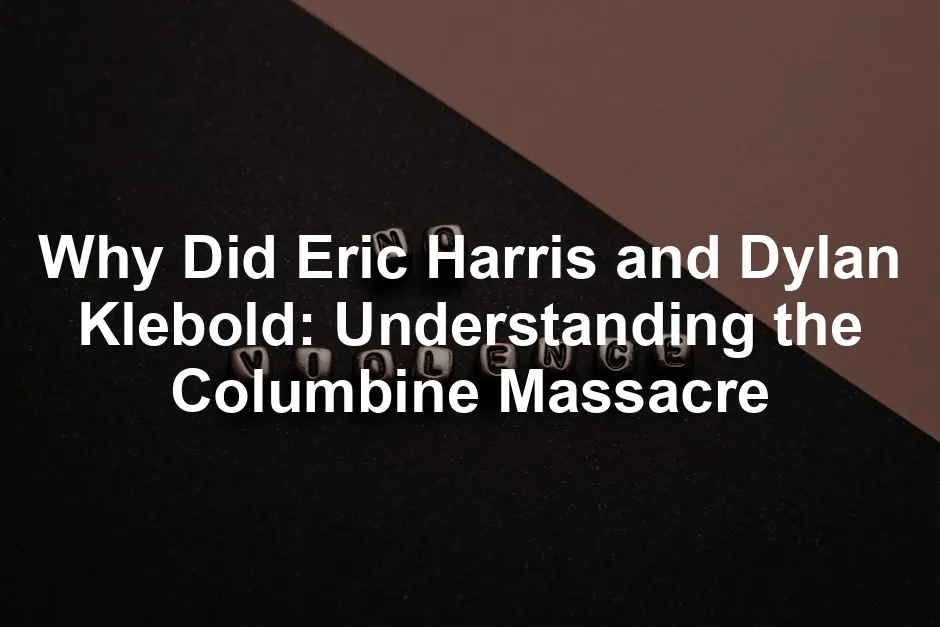
Why Did Eric Harris and Dylan Klebold: Understanding the Columbine Massacre
Introduction
On April 20, 1999, tragedy struck Columbine High School, leaving a lasting mark on American history. Eric Harris and Dylan Klebold, both students, orchestrated this horrific event. Their motivations and actions continue to spark intense debate and analysis today. Understanding their mindset is crucial to grasp the broader implications of such violence.
If you’re looking for a deep dive into the minds behind such tragedies, consider reading “Columbine: A True Crime Story” by Dave Cullen. This gripping book takes you through the events and the psychological profiles of the shooters, helping you understand the complex factors that led to this tragedy.
Summary and Overview
The Columbine massacre unfolded quickly. At 11:19 a.m., Harris and Klebold began their assault, armed with firearms and explosives. They intended to kill as many as possible, leading to the deaths of 12 students and one teacher, with over 20 others injured. The shooters initially planted bombs in the cafeteria, but those failed to detonate. They then moved through the school, ultimately ending their lives in the library.

Public and media reactions were immediate and intense. News coverage focused on the shooters’ backgrounds, leading to widespread discussions about bullying, mental health, and gun control. The massacre forced schools nationwide to reevaluate their safety measures, resulting in stricter protocols.
The cultural impact of Columbine is profound. It coined the term “Columbine effect,” referring to the phenomenon of copycat shootings inspired by the tragedy. The event remains a pivotal point in discussions about school violence, mental health awareness, and the need for effective gun control measures. In total, the tragedy claimed 15 lives, including the shooters, and left a community forever changed.
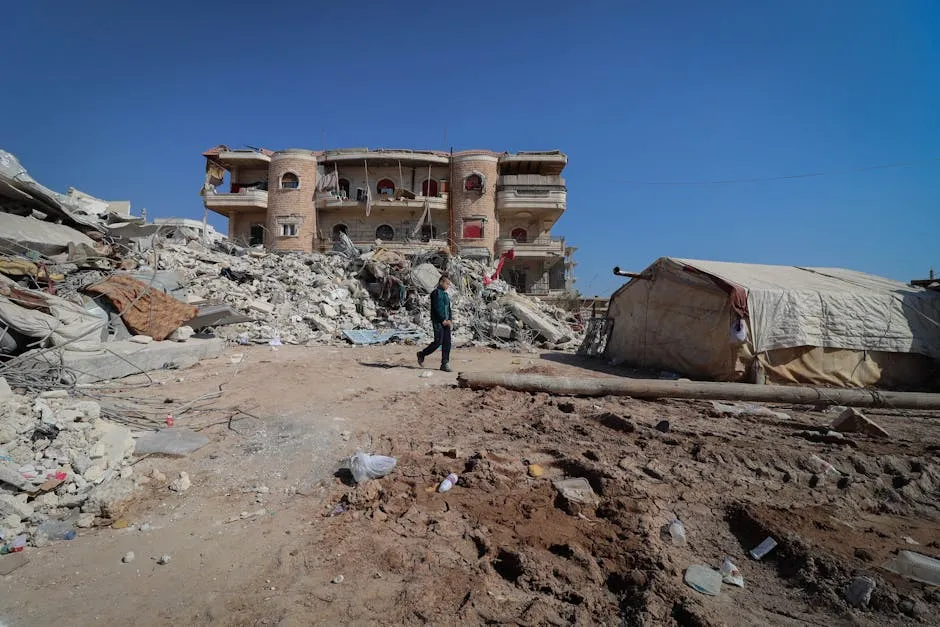
For those looking to explore the historical context of school shootings, check out “The Columbine Effect: The History of the School Shooting Phenomenon” by J. R. Becker. This book delves into the evolution of school shootings and how Columbine shaped future events.
Background of the Perpetrators
Early Lives of Eric Harris and Dylan Klebold
Eric Harris and Dylan Klebold had different childhoods that shaped their identities. Eric was born in Kansas and frequently moved due to his father’s military job. This instability might have contributed to his need for control and power. He was outgoing, made friends easily, and enjoyed sports. On the other hand, Dylan was born in Colorado and raised in a more stable environment. He was shy and introspective, often feeling like an outsider.
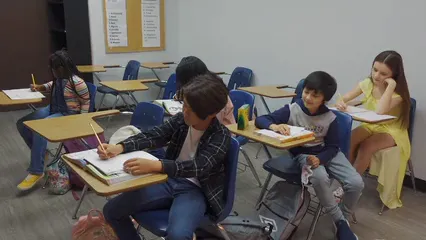
Their friendship began in middle school, where they bonded over shared interests. Both struggled with social dynamics; Eric was a charismatic leader while Dylan often felt invisible. As they entered high school, Eric’s aggressive behavior grew more pronounced. Dylan became increasingly withdrawn, showing signs of depression. Notably, their journals reveal early violent fantasies, hinting at their troubled minds. These early experiences laid the groundwork for the tragic events that would follow.
Psychological Profiles
Analyzing the psychological traits of Eric Harris and Dylan Klebold provides insight into their motivations. Eric exhibited strong psychopathic tendencies. He displayed a lack of empathy, manipulative behavior, and a need for control. His writings often expressed disdain for others, revealing his grandiose self-image and contempt for those he deemed inferior.

In contrast, Dylan struggled with deep-seated feelings of depression and alienation. He often wrote about his feelings of worthlessness and emotional pain. His writings reflect a longing for connection, yet a sense of despair. While Eric sought attention through violent acts, Dylan’s motivations seemed rooted in personal suffering. Their contrasting psychological profiles not only highlight their individual struggles but also underscore the complex dynamics that led to the Columbine tragedy.
To gain a deeper understanding of the psychological aspects of school shooters, consider reading “Why Kids Kill: Inside the Minds of School Shooters” by Peter Langman. This book explores the psychological profiles of various school shooters, offering insights into their motivations and behaviors.
The Planning of the Attack
Pre-Massacre Behaviors
In the months leading up to the Columbine tragedy, Eric Harris and Dylan Klebold exhibited alarming behaviors. Their journals and online posts reveal a disturbing mindset. Harris’s writings often reflected a fascination with violence and superiority, while Klebold expressed feelings of alienation and despair. These journals indicated their intent and desire for notoriety.

They meticulously planned the attack for over a year, developing a detailed timeline. Initially, they aimed to execute a bombing in the cafeteria to maximize casualties. However, their bombs failed to detonate, forcing them to resort to gunfire. The chilling precision of their planning highlights their commitment to inflicting harm. The combination of violent fantasies and extensive preparation paints a troubling picture of their mindset before the massacre.
For a visual exploration of the events leading up to and following the attack, check out “The Media’s Role in the Columbine Tragedy” (Documentary DVD). It provides an in-depth look at how media coverage influenced public perception and discourse around school shootings.
Influence of Media and Culture
Media and cultural factors played a significant role in shaping Harris and Klebold’s motivations. Both were heavily influenced by violent video games, films, and music. These forms of entertainment often glorified chaos and destruction, resonating deeply with their troubled psyches.
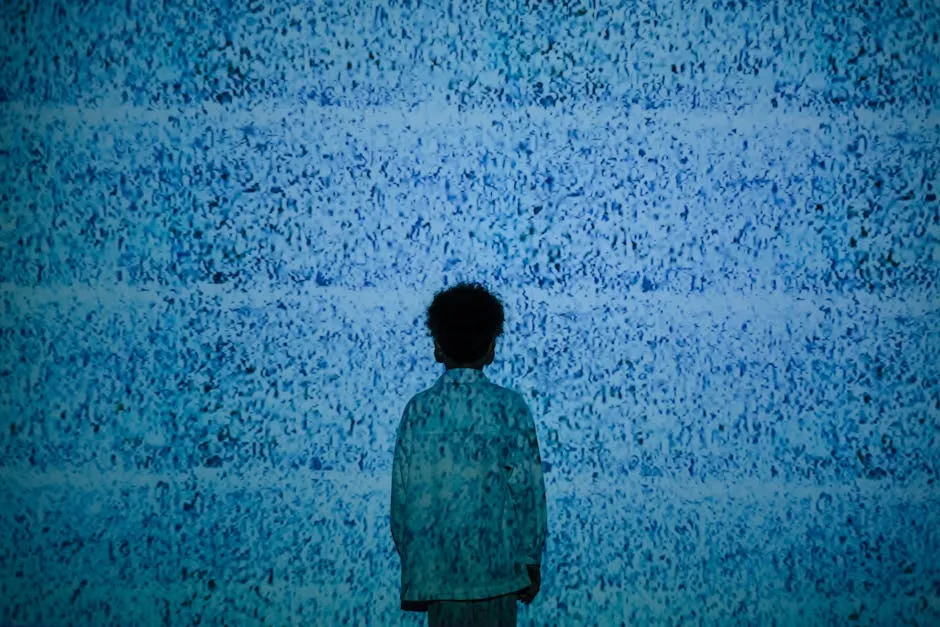
Furthermore, they sought to emulate previous mass shootings, believing they could surpass them in infamy. Their writings reflect a desire to leave a lasting impact, mirroring the actions of earlier attackers. The media’s portrayal of violence may have reinforced the notion that such actions could lead to notoriety. This blend of cultural influences and personal grievances ultimately fueled their tragic decisions on that fateful day.
If you want to examine how video games have been linked to violence in society, consider reading “Violent Video Games: Myths, Facts, and the Future” (Book). It provides a critical analysis of the ongoing debate regarding video games and their impact on behavior.
The Day of the Attack
Sequence of Events
On April 20, 1999, chaos erupted at Columbine High School. At approximately 11:19 a.m., Eric Harris and Dylan Klebold initiated their attack. They first targeted students outside the school, throwing pipe bombs and firing indiscriminately. The shooters then moved inside, where they unleashed terror in the hallways and the library.

Their original plan involved detonating explosives in the cafeteria, aimed at maximizing casualties. However, the bombs failed to explode, pushing them to resort to their firearms. As they walked through the school, they shot at students and faculty, leaving a trail of horror in their wake.
Law enforcement was alerted just minutes after the attack began. The first police officers arrived on the scene around 11:22 a.m., but the situation escalated rapidly. A series of gunfights ensued between the shooters and responding deputies.
By 12:08 p.m., the attack came to a tragic end when both Harris and Klebold committed suicide in the library, marking a dark chapter in American history. The response from law enforcement faced heavy scrutiny, leading to significant changes in protocols for active shooter situations in schools across the nation.
The Victims
The Columbine massacre claimed the lives of 13 individuals, including 12 students and one teacher. Each victim had a unique story and left behind grieving families and friends. Among them was Rachel Scott, a compassionate 17-year-old known for her kindness. She was the first victim outside the school.
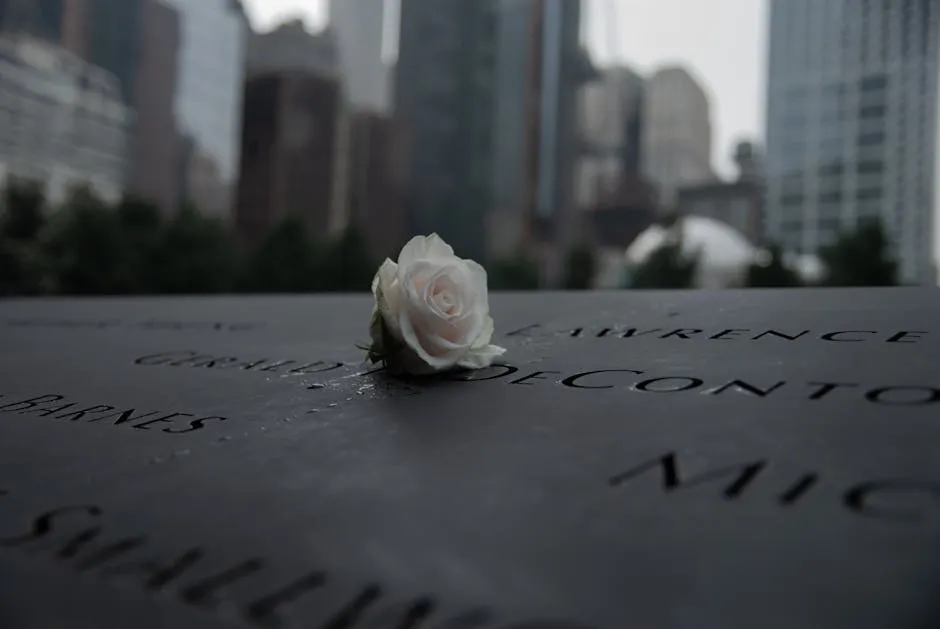
Another victim, Cassie Bernall, was tragically shot in the library. Her loss resonated deeply within the community, representing the innocence stolen that day. Teachers like William “Dave” Sanders also lost their lives while trying to protect students.
The impact of their loss rippled through Littleton, Colorado, and beyond. Families were shattered, and the community united in grief. Vigils were held, and memorials were established to honor their memories. The tragedy sparked conversations about school safety, the importance of mental health, and the need for change in how society addresses violence. Each life lost was a reminder of the profound effects of the shooting, shaping the dialogue around school shootings for years to come.
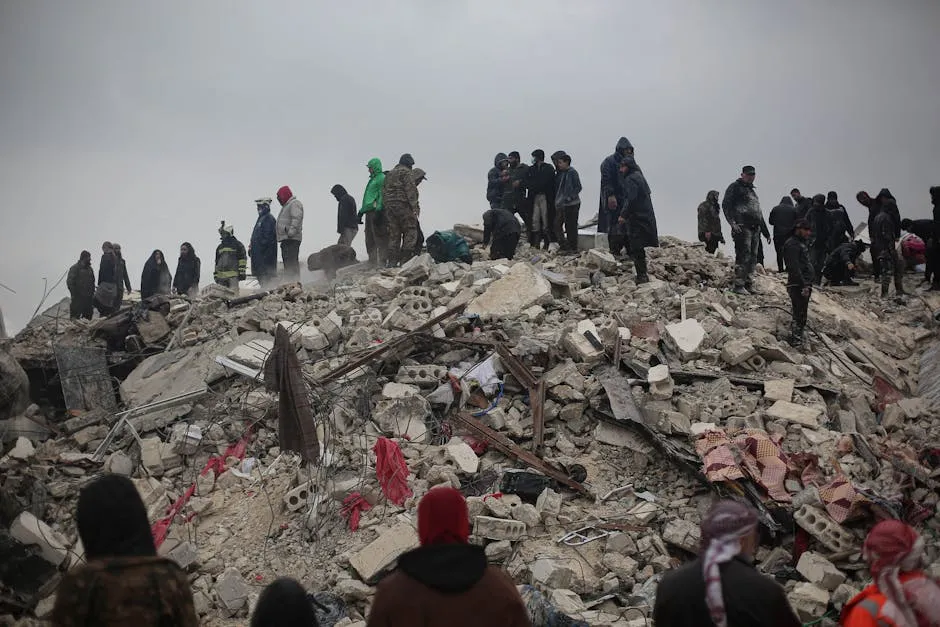
To further understand the complexities of school shootings, you might want to explore “School Shootings: A Social Perspective” (Book). This work examines the societal factors contributing to these tragic events.
Aftermath and Cultural Impact
Immediate Aftermath
The Columbine massacre led to immediate reactions across the nation. Schools began reviewing and enhancing security protocols. Many implemented stricter measures, including controlled entry points and surveillance systems. These changes aimed to protect students and prevent similar tragedies.

Alongside security updates, national conversations on gun control gained momentum. Advocates pushed for stricter regulations, highlighting the need for comprehensive background checks. Mental health discussions also emerged, focusing on the importance of early intervention and available resources. The tragedy highlighted the interconnectedness of gun violence and mental health, igniting debates that continue to this day.
To further explore the cultural implications of violence in media, you might find value in “Natural Born Killers” (Movie). It critiques media sensationalism and its influence on societal violence.
Long-Term Effects
The cultural impact of the Columbine massacre is profound and far-reaching. It birthed the term “Columbine effect,” describing how this event influenced future school shootings. Many perpetrators referenced Harris and Klebold, viewing them as icons of notoriety. To understand more about the motivations behind their actions, it’s essential to explore their backgrounds and psychological profiles, which are crucial in analyzing the reasons for their tragic decisions.
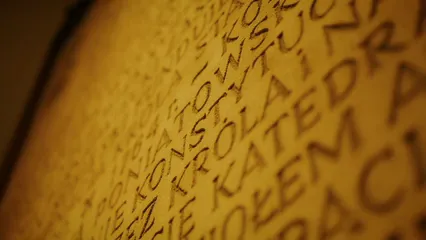
The motivations of Eric Harris and Dylan Klebold are complex and multifaceted. To delve deeper into their backgrounds, you can read more about why did Eric Harris and Dylan Klebold.
Discussions around school violence expanded significantly in the years following the attack. The media frequently covered incidents, leading to increased awareness and concern. Schools and communities began emphasizing mental health resources, aiming to address underlying issues before they escalated. The legacy of Columbine serves as a haunting reminder, shaping policies and societal attitudes toward violence in educational settings.
Conclusion
Understanding the motivations of Eric Harris and Dylan Klebold is complex. Their actions reflect broader societal issues, including mental health and gun control. As we analyze the aftermath, it’s essential to recognize the ongoing implications for school safety and mental health awareness. This tragedy continues to influence dialogue on how we can better protect our students and communities.
FAQs
What were the main motivations behind the Columbine massacre?
The motivations for the Columbine massacre are complex and multifaceted. Eric Harris and Dylan Klebold expressed feelings of alienation, anger, and a desire for notoriety.
How did the media portray Eric Harris and Dylan Klebold?
Media portrayal often depicted them as troubled outcasts, leading to misconceptions about their motivations and backgrounds.
What changes were made to school safety after Columbine?
Following Columbine, many schools adopted stricter safety measures, including controlled access and emergency preparedness plans.
What is the ‘Columbine effect’?
The ‘Columbine effect’ refers to the phenomenon where subsequent shooters are influenced by the Columbine massacre, often seeking to replicate it.
How did bullying factor into the motivations of Harris and Klebold?
While bullying was often cited, both shooters did not emphasize this in their writings. Their motivations seem to stem more from personal grievances and a desire for recognition.
Please let us know what you think about our content by leaving a comment down below!
Thank you for reading till here 🙂
All images from Pexels




